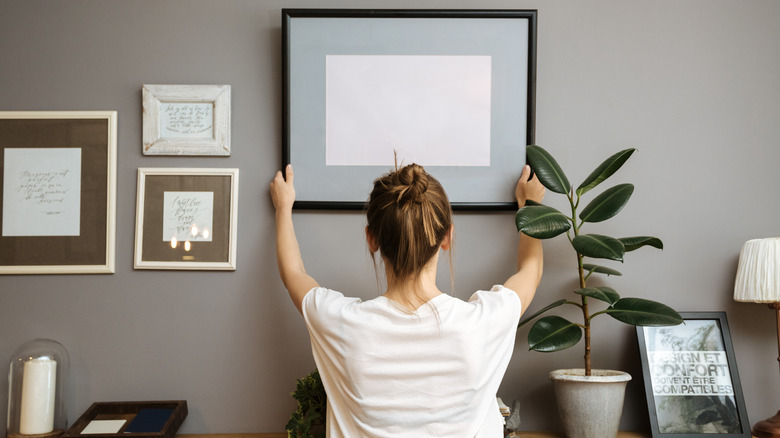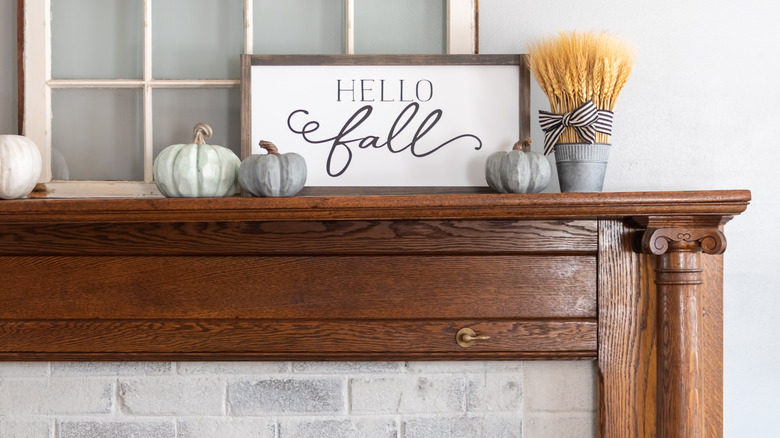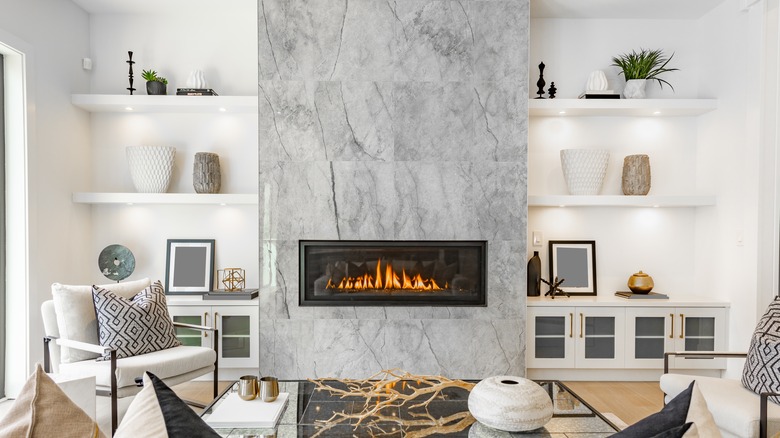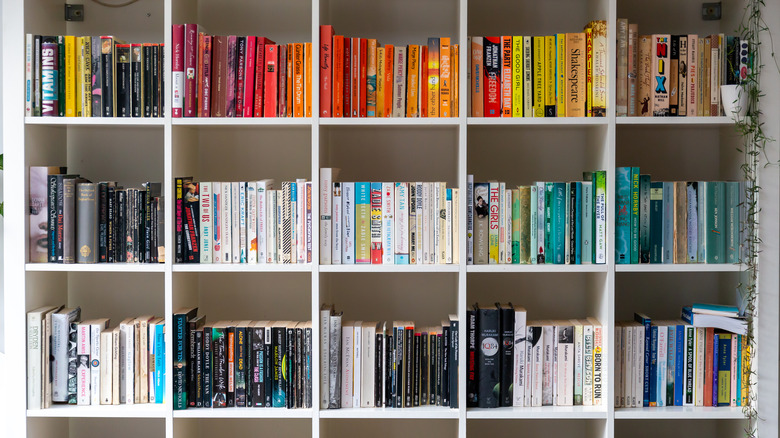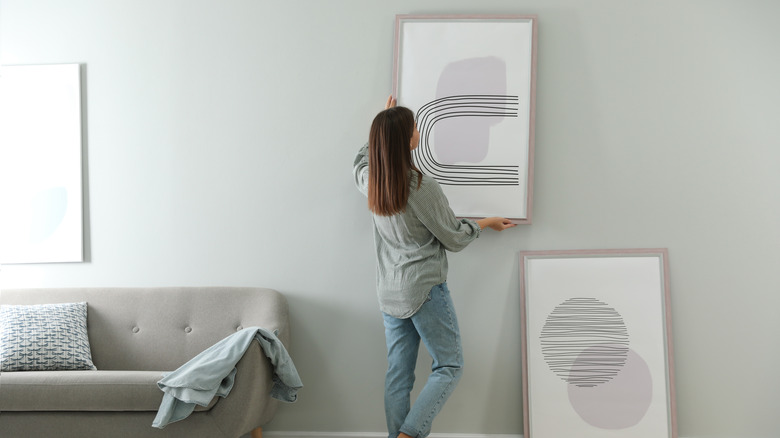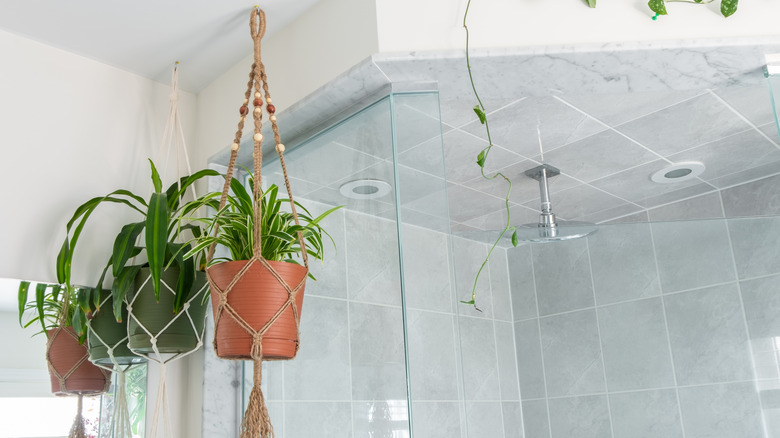Household Finishing Touches To Bring Your Home To The Next Level
Imagine, for a moment, that your home is a blank canvas and you're a painter. Perhaps you've provided a base coat to your house through the wall paint. Maybe you've also set the basic scene with furniture. You've probably even added some detail work with smaller décor pieces.
But something may still feel incomplete. That's because, just like a painting, a home needs some finishing touches. The painter may be missing important shading, an outline, or the right perspective, while the interior designer may have neglected some small but very important stylistic elements.
WYZA says homes can feel incomplete if rooms are too empty or if pieces that add character aren't incorporated. The five finishing touches below will help you remedy these two problems. Following these tips will assist you in filling up your spaces, making your style more personal, and giving you that sense of completeness you're searching for.
1. Rearrange your decorations
The first way to complete a space is by rearranging your decorations to create stylish vignettes. According to HGTV, a vignette is an intentional grouping of objects that tells a story or sets a scene. Plants, vases, books, knickknack collections, and a number of other things can be used to create these. Styling in this way can completely transform a space because it can give it a more purposeful and well-designed appearance. Instead of having lots of items strewn around your home, you can group them together for a more complete look.
Worthing Court explains that these scenes can be created on any surface; some of the most popular places include side tables, coffee tables, shelves, mantles, and entry tables. To create a vignette, first choose a theme, which could be a season or something you enjoy. Next, gather an odd number of items, and don't get too many – typically three to five pieces is best. Finally, arrange your items with the smallest in the front and the largest in the back, to create dimension – and make sure to layer instead of lining things up perfectly.
2. Repeat elements throughout your rooms
Your home will also appear more complete if you repeat an element throughout each of your rooms. StoneGable calls this practice finding the rhythm of a room. As the blog notes, viewers are constantly trying to make sense of spaces, so giving them a repeating element, color, or texture can provide a pleasing appearance. For instance, you could include a rattan chair and basket in opposite corners of a room. Additionally, symmetry can have this same effect – adding multiple armchairs or identical pillows will provide satisfaction in your design. Havenly Hideaway adds that repeating elements make a home feel more harmonious and cohesive.
However, you also don't want your room to appear boring or for everything to be the same. Just as rhythm is important, so is contrast. Therefore, you can repeat patterns that are similar but not exactly the same. Or, you can include elements that don't perfectly match anything else in the space, which will create balance to your finishing touch.
3. Organize your bookshelf
This finishing touch for the home focuses on organization. Something that could be ruining the aesthetic of your space is an unorganized bookshelf, which is a simple fix. There are multiple ways to add order to your books, which will not only make them easier to find but will also give your home a well-put-together appearance.
HGTV recommends first finding the right system for you. For instance, you could organize your books alphabetically by author or title, genre, nonfiction and fiction, or read and unread. Or, if you put more emphasis on appearances, you could organize by color. Additionally, you can use multiple systems to make your bookcase the most useful for you, like grouping books by fiction and nonfiction and then alphabetizing, per Book Riot.
To provide an interesting look to your bookshelf, you could also stack your books in multiple ways, like stacking some horizontally. Further, adding decorative pieces, plants, and mementos will provide personality and interest.
4. Hang art on blank walls
Perhaps your space looks empty and unfinished because you have too many blank walls. To fix this, hang some wall art. However, as LoveToKnow points out, you shouldn't fill every wall – allow for some negative space, so your rooms don't feel overwhelming. To determine where to place your art, glance around your room and notice any natural breaks in the walls. These could be created by windows, doors, tall furniture like floor lamps and bookcases, or shorter furniture like side tables and couches. All of these elements can create perfect opportunities for art, either above or beside the pieces.
When hanging your art, Style By Emily Henderson says to avoid these two common mistakes – placing them too high or choosing art that's too small. When it comes to height, pieces should be at eye level or about 8 inches above furniture. When it comes to size, choosing a piece that's too big is much better than deciding on one that's too small. To see if your image looks right on the wall, take a picture after hanging it and decide if you would like how it looked in someone else's home.
5. Use more vertical space
To give your room a more personal and filled appearance, make use of vertical space. Oftentimes, homeowners focus only on decorating the walls and adding furniture pieces – but the decorative elements you add near the ceiling also make a massive difference and can prove the finishing touch you've been missing.
Marcus Lemonis says floating shelves in the bedroom or bathroom are a great way to decorate higher up on the wall. These could hold knickknacks, picture frames, or other small, decorative items. Additionally, vertical shelving and cabinetry that extends up from the floor will create beautiful and functional storage. Hanging pots, pans, and utensils in the kitchen will bring the eye up the wall, and suspending a plant in the corner will bring in an element of nature. York Avenue adds that lighting can also be a great way to add interest to high spaces. Add mounted lighting or a larger fixture like a chandelier.
